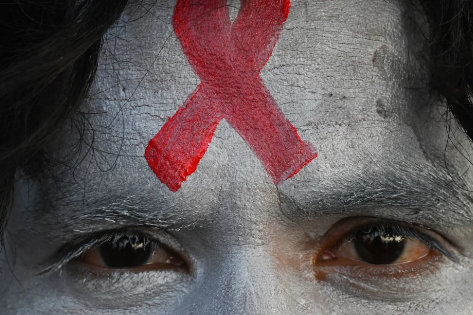The United Nations has warned that the decisions political leaders make this year will be crucial in determining whether the goal of ending AIDS as a public health threat by 2030 can be achieved. The latest UNAIDS report highlights global improvements in HIV management, including a reduction in new infections and deaths, but cautions that progress remains fragile.
Key findings from the 2023 data include:
– New Infections: There were approximately 1.3 million new HIV infections last year, a decrease of 100,000 from 2022 and a significant drop from the 3.3 million recorded at the peak in 1995. Despite this progress, the current rate still falls short of UNAIDS’s target of 330,000 new infections by next year.
– AIDS-Related Deaths: The number of AIDS-related deaths declined from 670,000 in 2022 to 630,000 in 2023.
– Antiretroviral Treatment: Access to antiretroviral medication has significantly increased, with 30.7 million people receiving treatment, up from 7.7 million in 2010. However, this number is still below the 34 million target set for 2025.
– Regional Impact: Eastern and southern Africa remain the most affected regions, with 20.8 million people living with HIV. Last year, 450,000 new infections and 260,000 fatalities were reported in these regions.
UNAIDS chief Winnie Byanyima acknowledged the progress made but emphasized that the world is not on track to meet the 2030 goals without more decisive action.
“The inequalities that drive the HIV pandemic are not being addressed sufficiently,” Byanyima said in the report.
“A person dies from AIDS-related causes every minute,” she added.
Stigma, discrimination, and sometimes criminalization significantly impact certain groups, leading to higher infection rates as individuals in these groups often avoid seeking help and treatment due to fear of repercussions.
Globally, the prevalence of AIDS among people aged 15 to 49 is 0.8 percent, but it is higher among specific groups: 1.3 percent among prisoners, 2.3 percent among women and girls aged 15 to 24 in eastern and southern Africa, 3.0 percent among sex workers, 5.0 percent among people who inject drugs, 7.7 percent among gay individuals and men who have sex with men, and 9.2 percent among transgender people.
In an AFP interview, Byanyima criticized the “well-coordinated, well-resourced pushback” against LGBTQ rights, reproductive rights, and gender equality. Despite significant reductions in new infections in some sub-Saharan African countries since 2010, regions such as Eastern Europe, Central Asia, and Latin America have seen rising infection rates, largely due to stigma driving people away from services.
In Eastern Europe and Central Asia, only half of those with HIV are treated, and in the Middle East and North Africa, the figure is 49 percent. Ahead of the 25th International AIDS Conference in Germany, Byanyima and UN human rights chief Volker Turk issued a joint statement urging the removal of punitive laws against LGBTQ+ people.
They emphasized that “Stigma kills. Solidarity saves lives,” and called for the decriminalization of LGBTQ+ individuals as crucial for protecting human rights and improving health outcomes.



